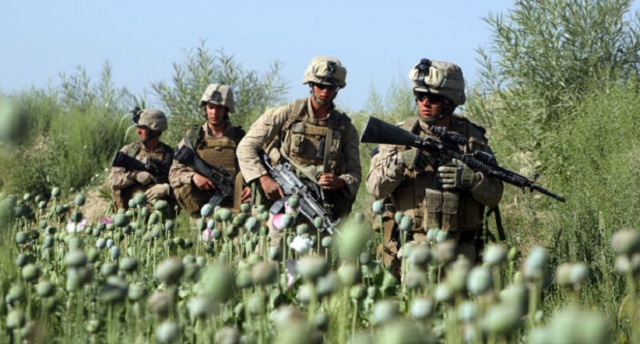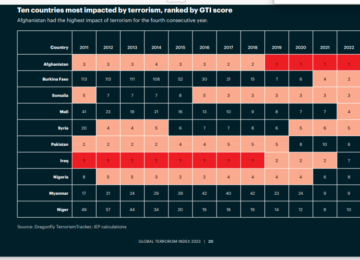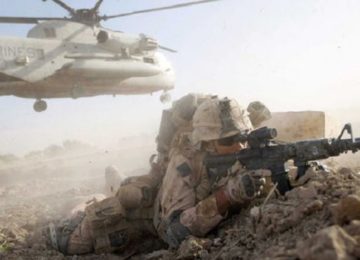The following is an excerpt taken from a section of SIGAR’s (Special Inspector General for Afghanistan Reconstruction) quarterly report, focusing on the issue of counter-narcotics in Afghanistan:
A United Nations opium-cultivation report released this quarter found that the estimated value of opiates produced in Afghanistan nearly doubled from $1.56 billion in 2015 to $3.02 billion in 2016.
The increase is a result of a higher level of opium production—43% more than in 2015—and higher heroin prices in neighboring countries. The current value of the opiates is worth more than two-thirds of the output of the country’s entire agricultural sector.
Despite a U.S. investment of $8.6 billion to counter Afghanistan’s illicit narcotics economy, Afghanistan remains the world’s largest opium producer and exporter—producing an estimated 80% of the world’s opium.
The narcotics industry—coupled with rampant corruption and fraud—is a major source of illicit revenue for the country. In 2017, Afghan authorities reported having eradicated 685 hectares in Balkh, Badghis, Herat, Kunar, Kabul, Kandahar, Laghman, Nangarhar, and Nimroz Provinces, as of May 2017. This represents a marked increase over 2016, when only 355 hectares were eradicated.(One hectare is roughly 2.5 acres.)
However, the 685 hectares eradicated amount to less than 0.35% of the estimated 201,000 hectares under cultivation in 2016 for opium poppy. The Ministry of Counter Narcotics (MCN) reported 750 hectares eradicated as of September 1. However, these results are not yet verified by UNODC and remain subject to change until MCN and UNODC release an agreed-upon figure.
INL anticipates that the UNODC Opium Survey, to be released mid-November, will contain final figures. Media reports and MCN officials indicate 2017 totals for cultivation will likely exceed last year’s totals. Opium is even grown on government-controlled land or in the vicinity of security check points in some provinces. In May 2017, the MCN deputy minister was quoted as saying,
“Unfortunately, the narcotics production is on the rise this year. … We are concerned that narcotics would increase this year, including in areas and provinces where previously we had zero opium production.”
Following President Donald Trump’s announcement of a new strategy for South Asia in August, State informed SIGAR that the responsible U.S. departments and agencies are coordinating to finalize an updated U.S. counternarcotics strategy for the country. A new counternarcotics strategy for Afghanistan has been on hold since 2015.
Source: Full section on counter-narcotics here
Disclaimer: Views expressed on this blog are not necessarily endorsed or supported by the Center for Research and Security Studies, Islamabad.








